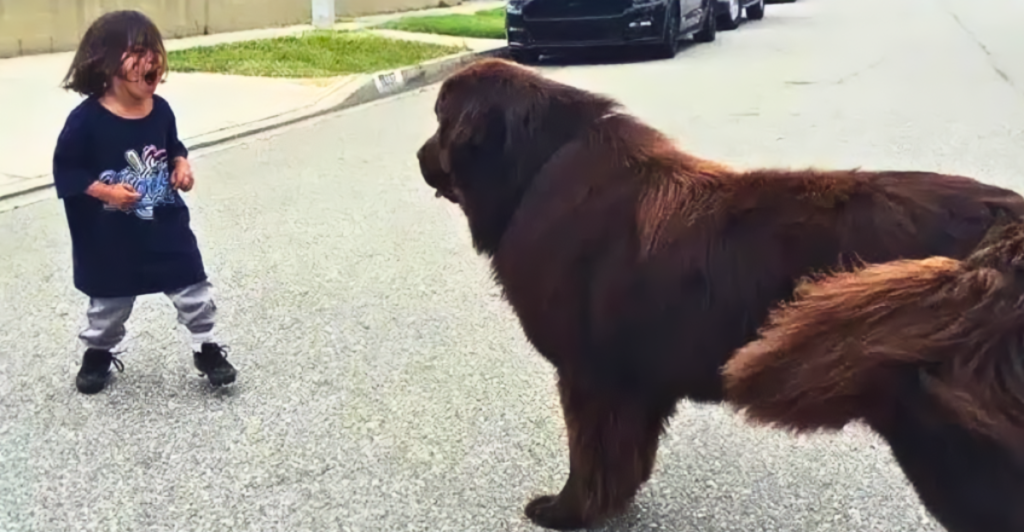
We love our dogs like family, but sometimes, without knowing it, we stress them out big time. Dogs can’t tell us when they’re overwhelmed, but their cortisol levels (a.k.a. stress hormones) sure can. Certain everyday human habits, from how we talk to them to how we leave the house, can make their anxiety skyrocket. Let’s break down 13 things we do that might be stressing out our furry friends.
Switching Up Training Methods
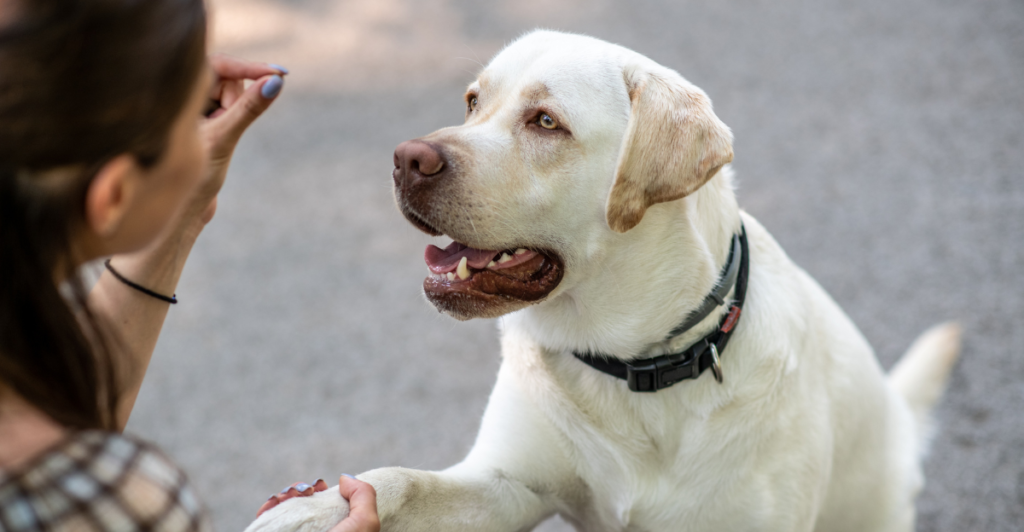
Imagine trying to learn a new language, but the rules keep changing. That’s what it’s like for dogs when we switch up training methods. One day, it’s “no jumping,” the next, it’s “aww, hugs!” This inconsistency confuses them, leading to stress and frustration. Dogs thrive on routine, so sticking to a clear, positive training method helps keep their anxiety in check.
Yelling And Harsh Tones
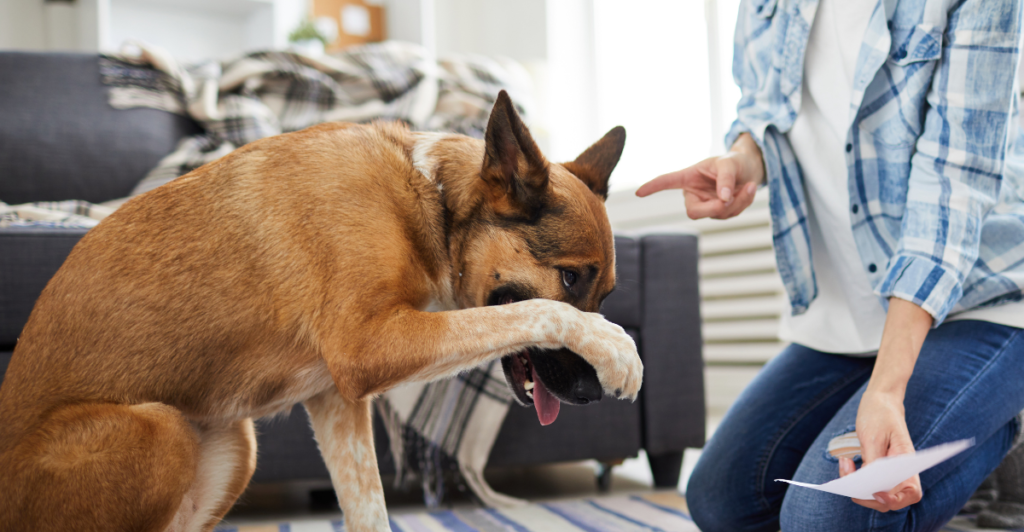
Ever had someone snap at you out of nowhere? Feels awful, right? Dogs experience the same thing when we yell or raise our voices. Loud, harsh tones make them tense, anxious, and uncertain about what they did wrong. Instead of shouting, use a firm but calm voice to correct behavior. They respond better to patience and consistency than to sudden verbal explosions.
No Set Routine
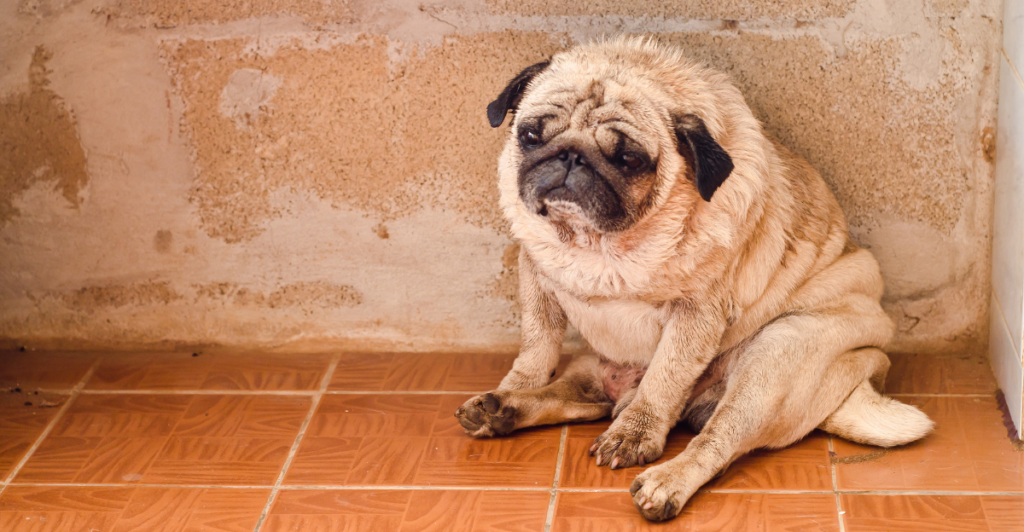
Dogs aren’t fans of surprises. They thrive on predictability, so when their meal times, walks, or play sessions keep changing, it can make them feel uneasy and stressed. Their internal clock is more accurate than you think, if they expect breakfast at 7 AM and you randomly serve it at 10 AM, their stress hormones spike. Keep things consistent to keep their cortisol levels low.
Loud Noises
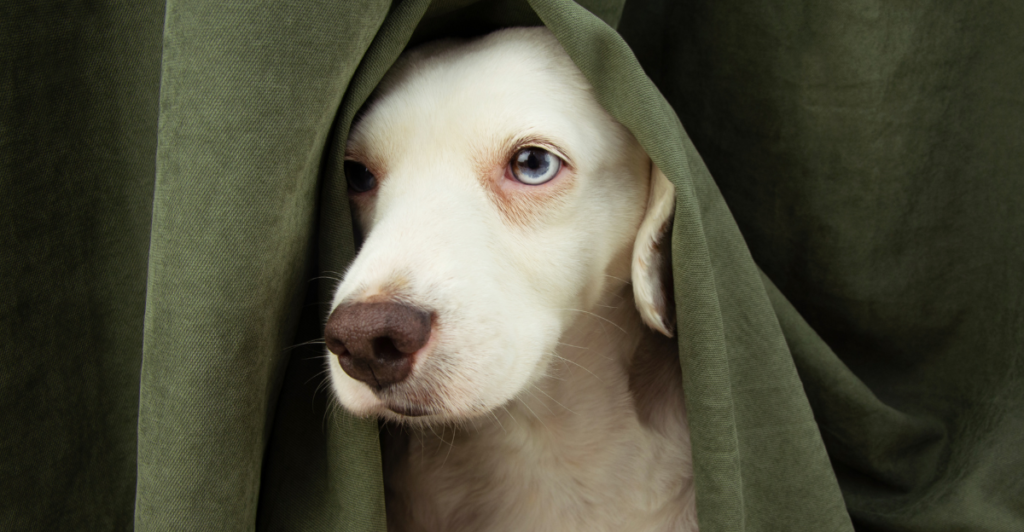
Vacuum cleaners, fireworks, loud TV shows, and even your phone’s notification dings can startle dogs and keep them in a constant state of alert. Their hearing is way more sensitive than ours, so sounds that don’t bother us can feel like a full-blown panic attack to them. If your dog is noise-sensitive, try creating a quiet space or playing calming music to ease their nerves.
Shock Collars And Other Harsh Training Tools
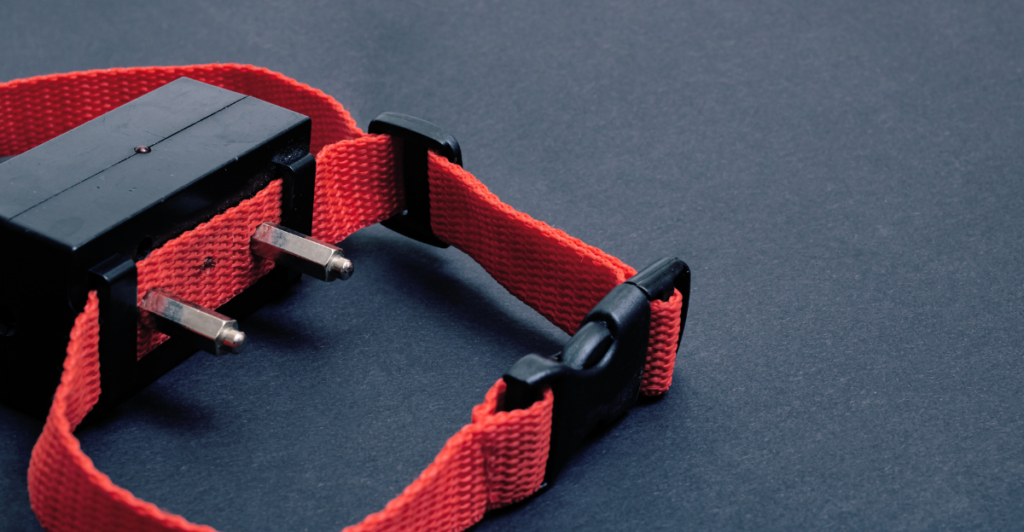
Look, we get it, some behaviors are tough to fix. But tools like shock collars, prong collars, or harsh corrections don’t teach dogs what to do; they just make them scared of you. Studies show that these methods elevate cortisol levels and increase fear-based behaviors over time. Instead, positive reinforcement training (a.k.a. rewarding good behavior) creates a stronger, stress-free bond with your pup.
Not Enough Exercise
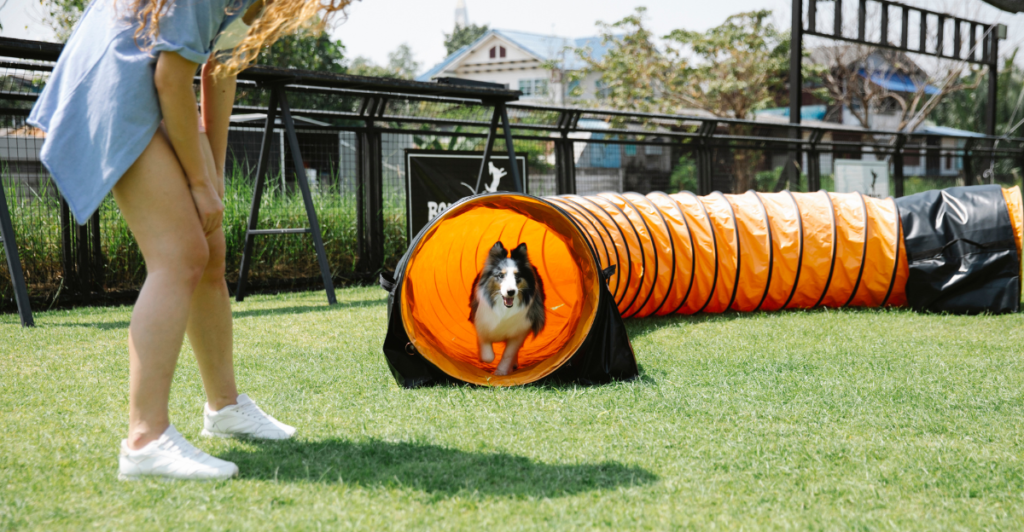
Ever been stuck inside all day and felt restless, cranky, or just off? Dogs feel the same when they don’t get enough physical activity. Exercise burns off their excess energy and lowers stress levels. Without it, their cortisol levels stay high, making them anxious and reactive. Whether it’s a long walk, a game of fetch, or a fun training session, daily movement is key to a happy pup.
Boredom Is Stressful Too
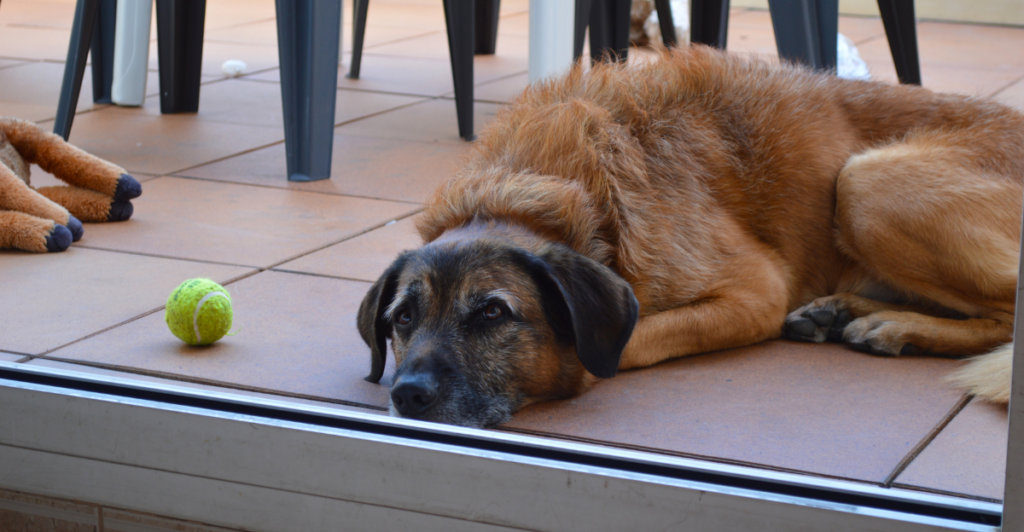
Dogs don’t just need physical exercise, they need to exercise their brains too. Without mental stimulation, dogs get bored, and boredom = stress. If your dog is chewing furniture, digging holes, or pacing, they might need more brain work. Try puzzle feeders, new tricks, or scent games to keep them engaged, happy, and too busy to stress.
Leaving Them Alone Too Long
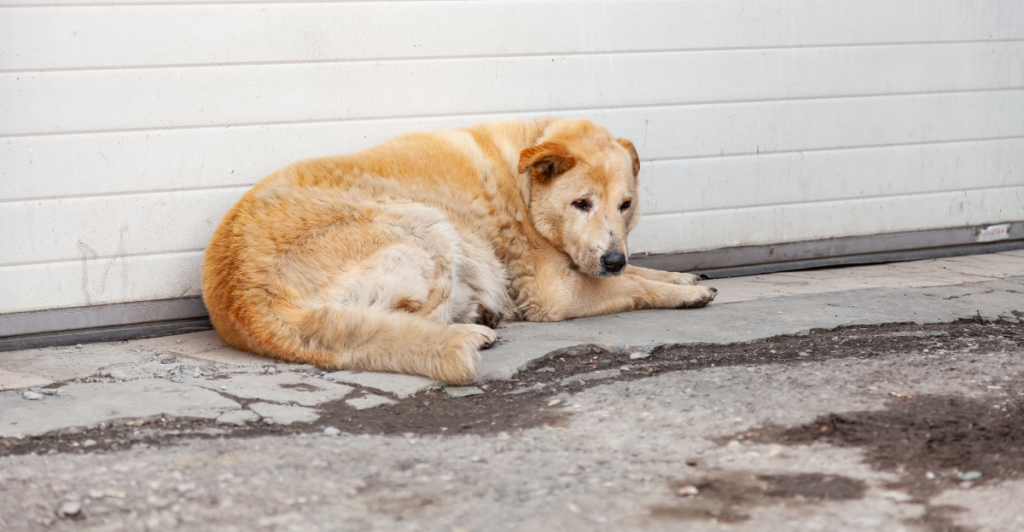
Dogs are social creatures, and being left alone for too long can cause separation anxiety. If your pup follows you from room to room, barks when you leave, or destroys things while you’re gone, their cortisol levels are probably through the roof. To help, try gradual alone-time training, interactive toys, or hiring a dog walker if you’re gone for long hours.
Not Enough Socialization
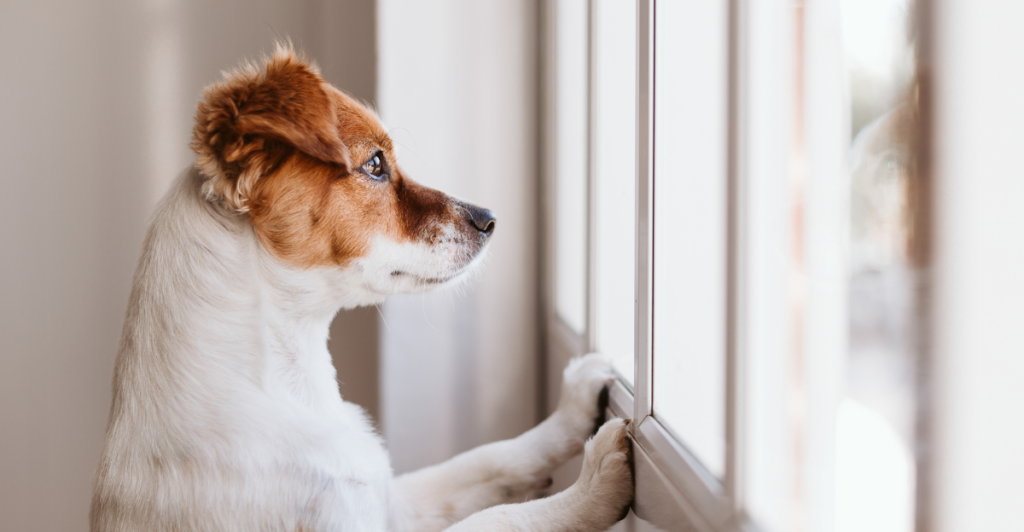
Dogs need social experiences just like we do. If they rarely meet new dogs, people, or go to new places, they might become anxious or fearful when faced with something unfamiliar. The trick? Positive, controlled socialization. Start small—short walks in new areas, gentle introductions to other dogs, and rewarding calm behavior will help build their confidence and reduce stress
No Personal Space
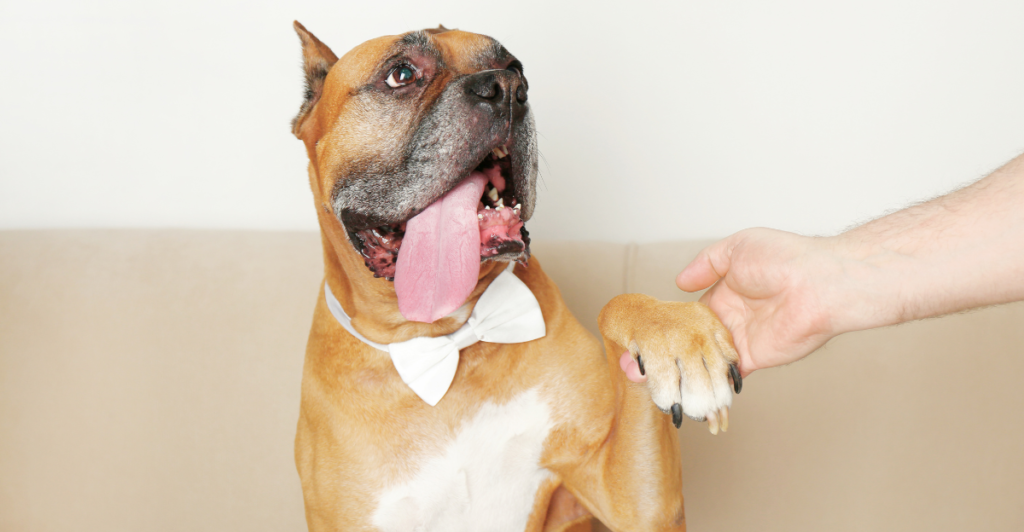
Yes, dogs love being around us, but they also need their own space. Crowded homes, overly clingy interactions, or forcing them into uncomfortable situations can stress them out. Make sure your pup has a safe retreat spot, like a quiet crate or cozy bed, where they can relax and decompress when needed.
Ignoring Stress Signals
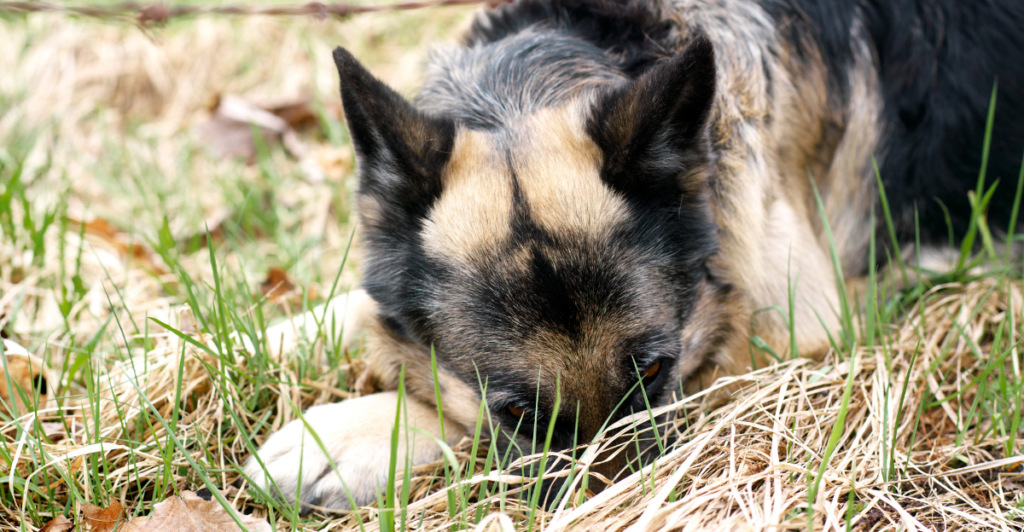
Dogs give us signals when they’re uncomfortable, things like licking their lips, yawning, avoiding eye contact, or tucking their tail. If we ignore these signs, their stress keeps building up until it turns into bigger problems like aggression or destructive behavior. Paying attention to their body language and responding early can help prevent unnecessary stress and tension.
Dogs Need Love, Too!
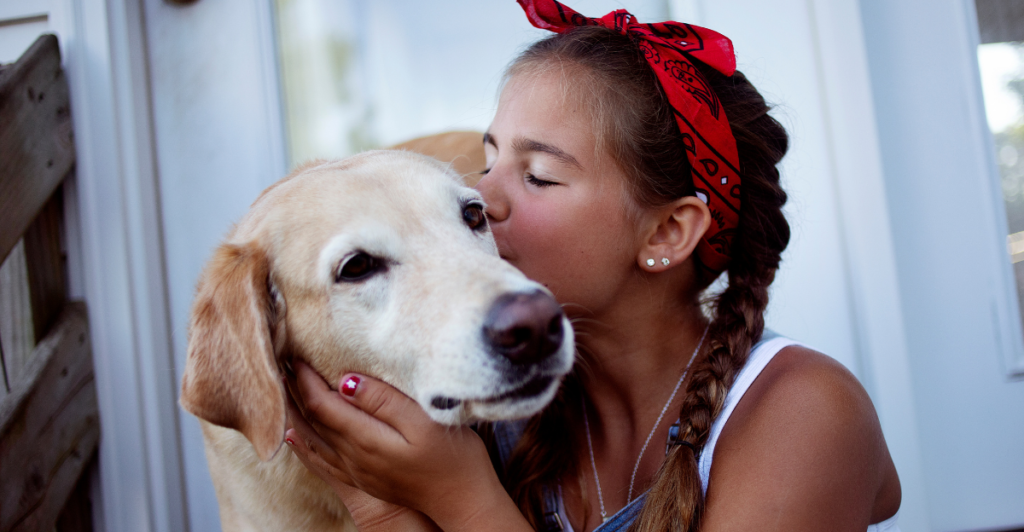
At the end of the day, dogs crave connection. They’re pack animals, and regular positive interactions like petting, praise, and playtime help lower their cortisol levels and strengthen their bond with you. A stressed-out dog is often a dog that doesn’t feel secure. So, next time you’re rushing through your day, take a minute to cuddle, talk to, or play with your pup—they’ll thank you for it.
Discover more of our trending stories and follow us to keep them appearing in your feed

12 Dog Breeds That Will Never Leave Their Humans’ Side
How To Feed Your Dog To Live A Longer Life
Areas Of The U.S. And The World That Will Be Uninhabitable By 2070
The 11 Most Dangerous Beaches in America
References:
Reference 1
This article first appeared here
Stay connected with us for more stories like this! Follow us to get the latest updates or hit the Follow button at the top of this article, and let us know what you think by leaving your feedback below. We’d love to hear from you!







